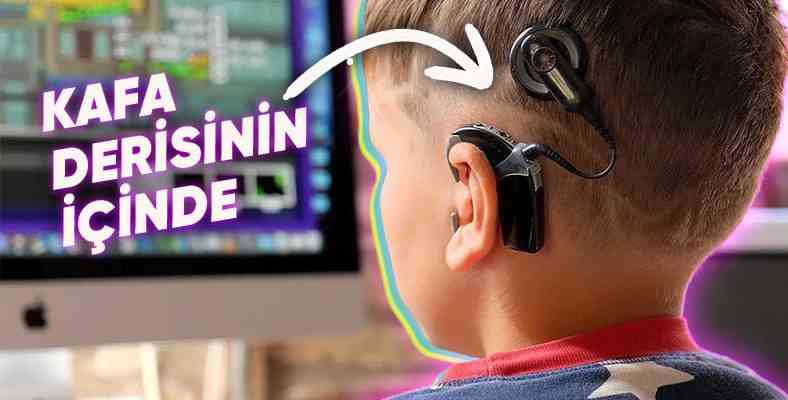We take a closer look at the cochlear implant, which goes far beyond hearing aids that amplify the incoming sound and transfer it to the inner ear, and can even compensate for dead cells in the hearing process.
Although it sounds very simple, it is undoubtedly one of our features that is difficult to appreciate unless we lose it. hearing ability. You know roughly what happens in the absence of this ability. For those who have hearing problems, or if you don’t know what it is that allows them to hear. small tools wears it or communicates with body language, right?
In fact, much more happens in the absence of hearing. such that mutism The situation that is known among the people can be mostly due to this reason. Because it is very difficult for a deaf person to learn to speak. At this point, the functionality of the small tools we mentioned goes to a certain extent. But cochlear implantIt can be a solution even to people who have never heard of it, by opening many more doors from here.
So that you can understand how the cochlear implant works, let’s roughly describe how we ‘heard’.
Hansaton
In fact, although there are quite complicated processes here, it is enough to understand the process. First of all, sound waves that enter from the outer part of the ear travel through the ear canal and to the eardrum reaching. Here, the vibrations of the eardrum vibrating with sound waves are transmitted through the bones in between. transmitted to the cochlea.
inside the cochlea hairy cellsThe brain transforms these vibrations into signals and transmits them to the brain via the auditory nerve, and the brain interprets these signals as sound.
So what has changed in those who have hearing problems?
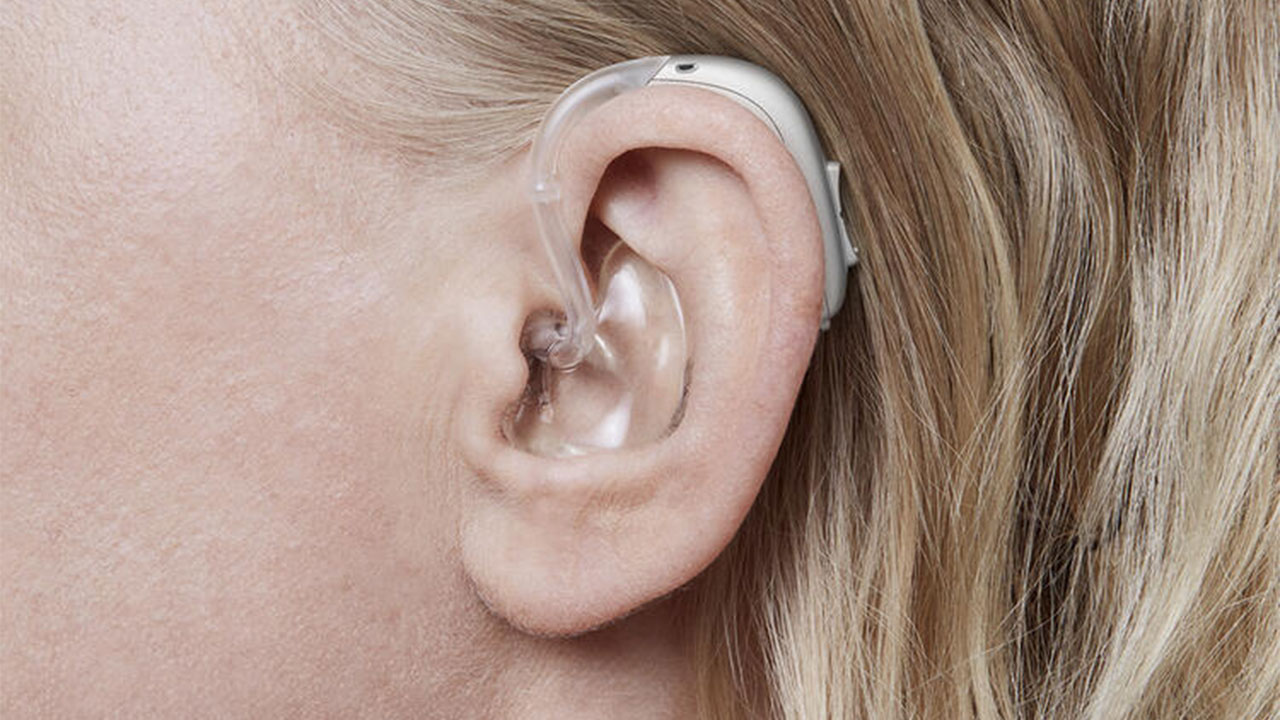
Hearing aid
we are talking about hairy cells When it cannot perform its functions, that is, when there is a problem in the inner ear, there is a hearing problem because the sound is not transmitted even if the eardrum is in vibration. However, before the cochlear implants in the focus of our subject, we are all familiar with it. hearing aids exists.
Although there are thousands of different types of these devices, what they do is basically the same.
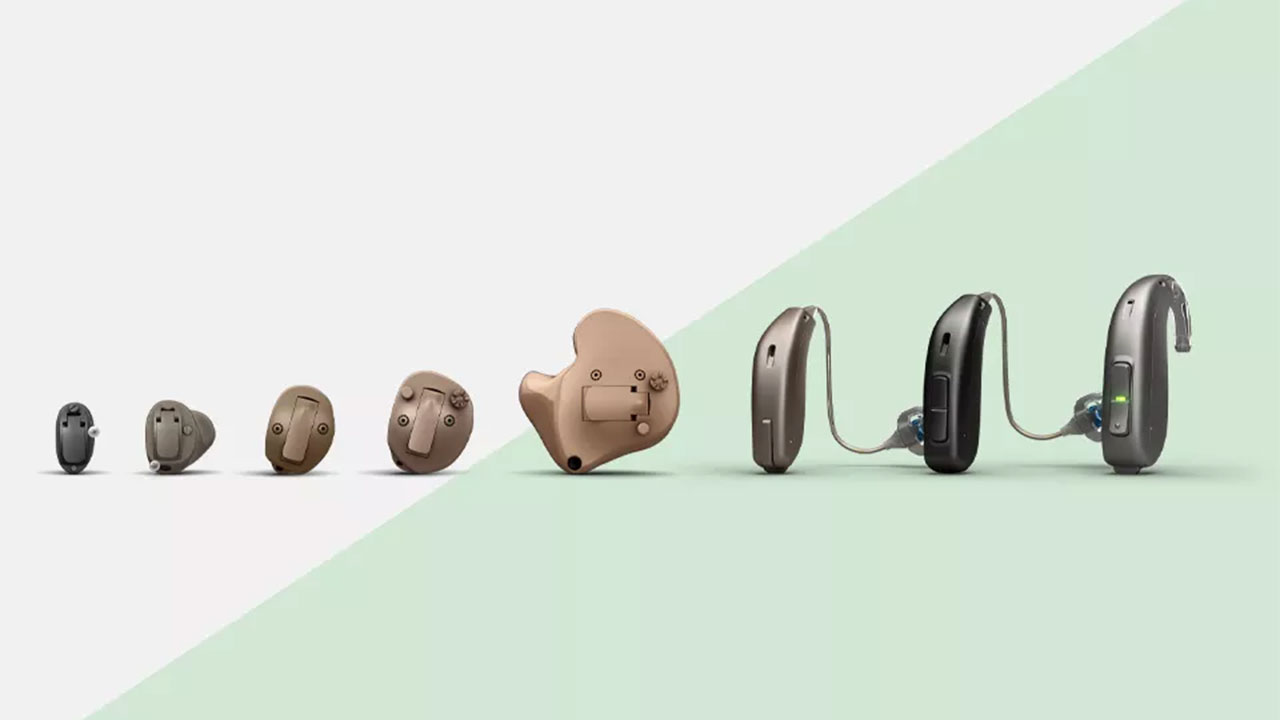
Hidden Hearing
It also adjusts the sound vibrations to match the structure of the ear. raise. In order to achieve this, there are microphones, speakers and amplifiers in their structures. However, if the hair cells in the cochlea cannot function, hearing will not be possible no matter how loud the sound is.
This is where the cochlear implant comes into play. So what does this tool do differently?
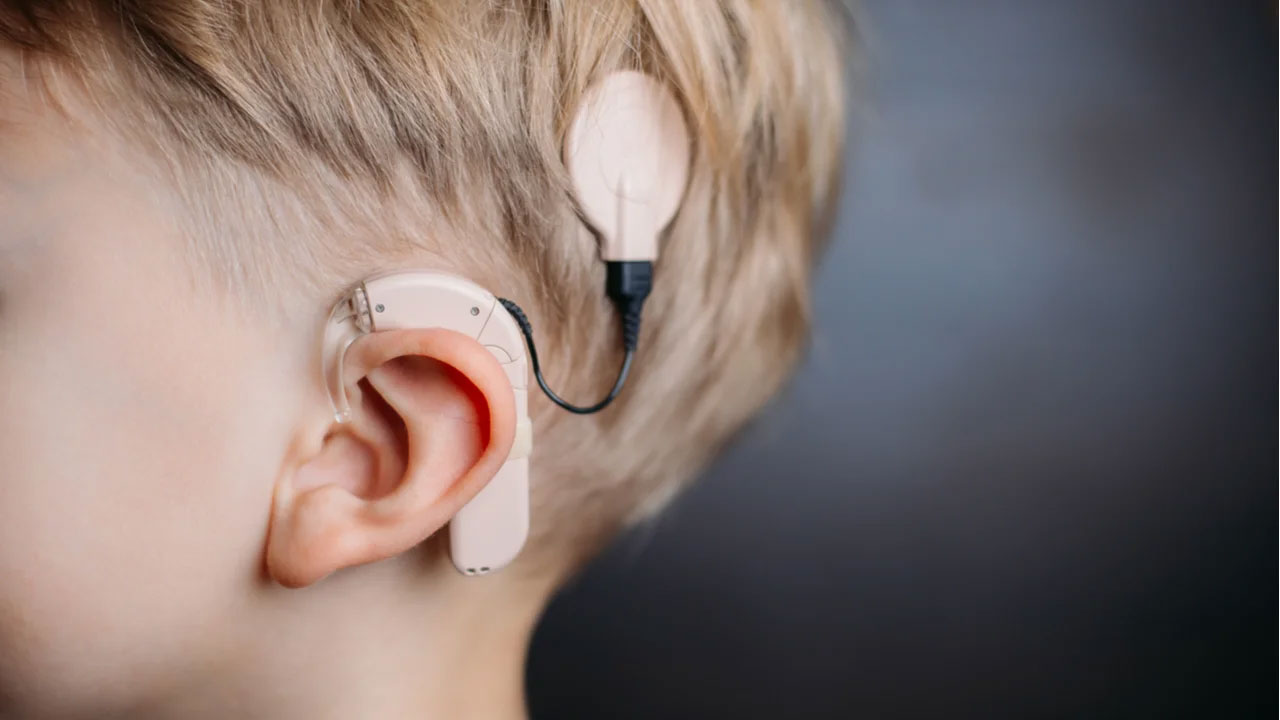
Not to make a joke, but to understand how a cochlear implant makes it possible to hear. what it is and how it works need to know. Let’s talk briefly.
cochlear implant; someone’s inside the scalpconsists of three parts, two of which are outside. The microphone and transmitter are located outside, while the receiver is inside. After the necessary preparations are made, the cochlear implant is deemed appropriate. operation First, a receiver is placed under the scalp.
Some time after the surgery, the microphone and processor can also be easily can be attached from outside.
The difference from the hearing aid is in its working principle.
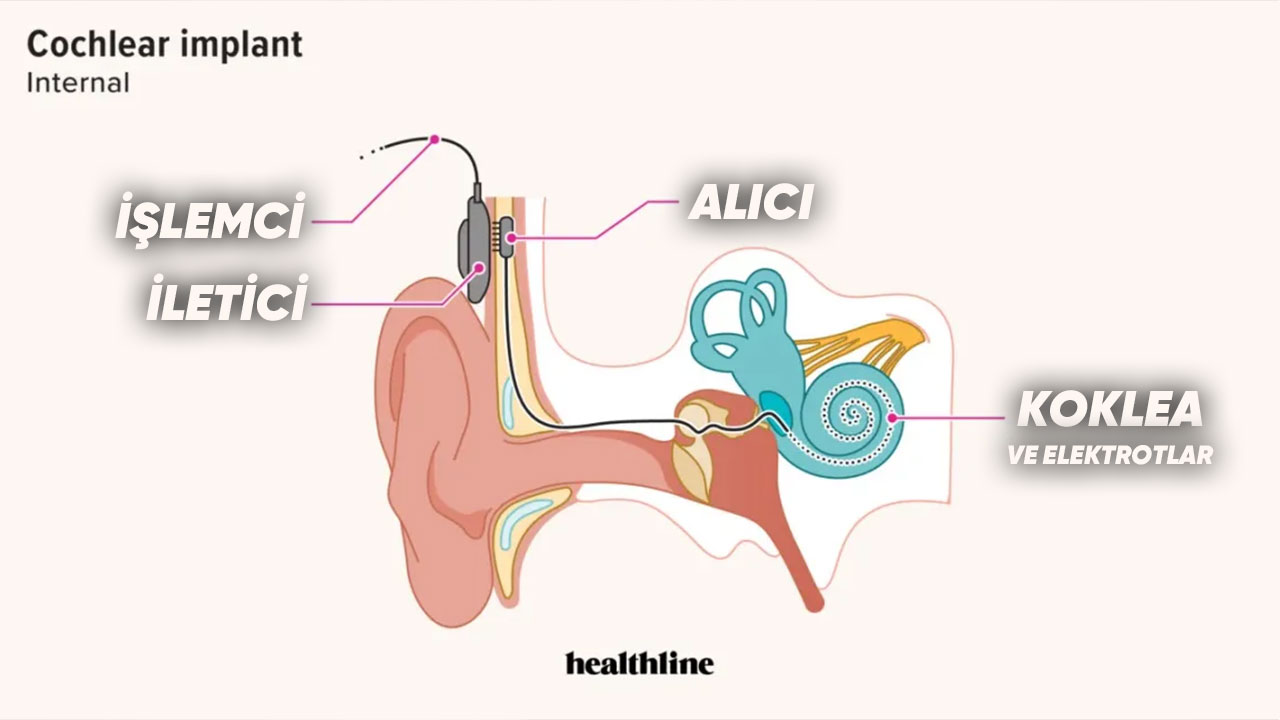
Translated into Turkish
At the beginning of our article “…If the hair cells in the cochlea cannot function, hearing will not be achieved no matter how loud the sound is.‘ we said. The part of the cochlear implant placed inside the scalp goes into the cochlea and the hair cells there taking on the task It transmits the necessary signal directly to the brain itself.
In other words, in this process, the events that take place in the inner ear are skipped and the hair cells are directly moved to the part.
The working logic is as follows:
- The outside microphone picks up the sounds and transfers them to the transmitting part.
- Incoming waves are sent to the receiver in the form of an encoded signal.
- The receiver inside the scalp receives these signals and converts them into electrical signals.
- With the electrode assembly, this signal is carried into the cochlea.
Certain frequencies are better perceived in certain parts of the cochlea
- The mechanism in the cochlea triggers different places according to the frequency of the incoming sound in this context.
- In this way, the signal is transmitted to the brain via the electrode, not the hair cells, and the sound in question is heard.
Since the number of hair cells we mentioned is very high, a healthy individual, sound discrimination can make it more comfortable.
But in cochlear implant so many buyers because there is no the sound separation is not that sharp. However, this does not change the fact that it is a miraculous tool for those who have hearing problems or no hearing at all.
According to the doctors, when this device is first inserted, the sound is perceived as a little muffled due to the brain’s acclimation process. You are already adapting. fastest and easiest It is also stated that an early age is more ideal for this to happen.
No need to be afraid:
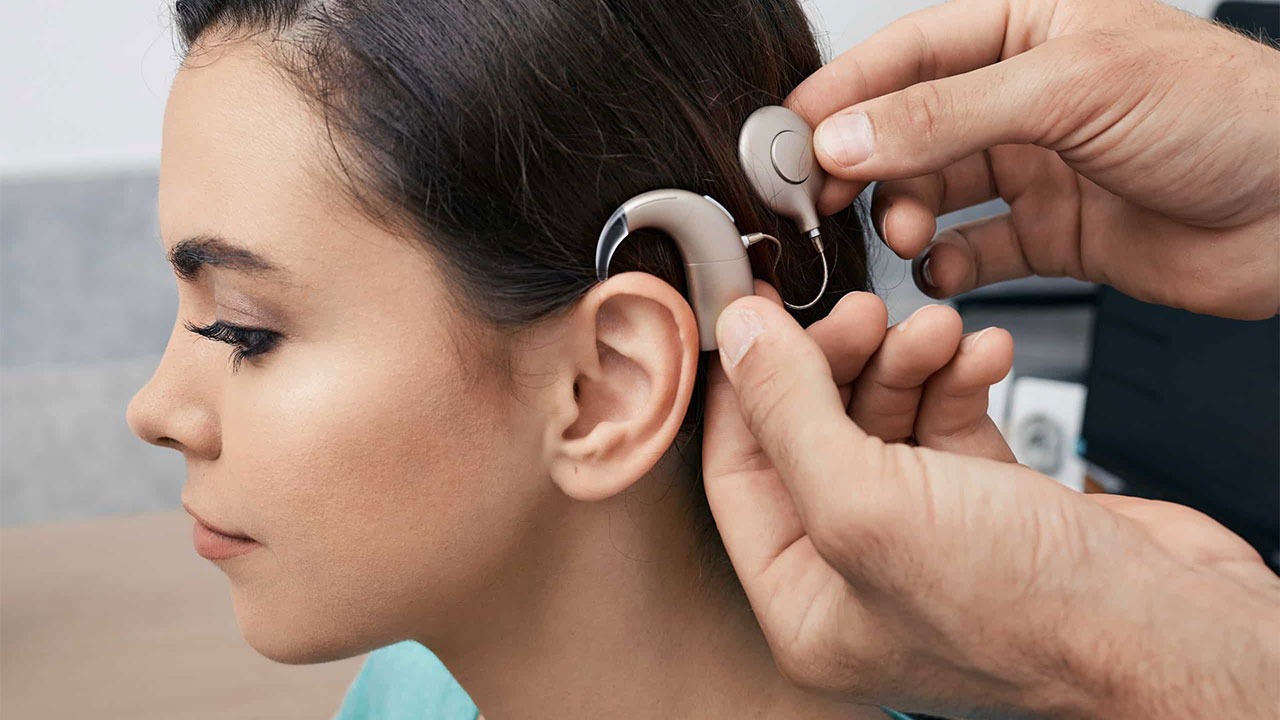
Associates of Otolaryngology
After all, the faster you hold your hand on this matter, the more you can hear. that fast you will get. Don’t let it look like a complicated operation in your eyes. According to experts in the field, the cochlear implant can be placed easily after it is deemed appropriate.
At the request of our reader for the purpose of raising awareness We hope that this content we have prepared will give a different perspective to those who are prejudiced against cochlear implants and those who have incomplete knowledge about it. You can suggest such topics either through our social media channels or through comments. We’ll be looking at each one.
RELATED NEWS
